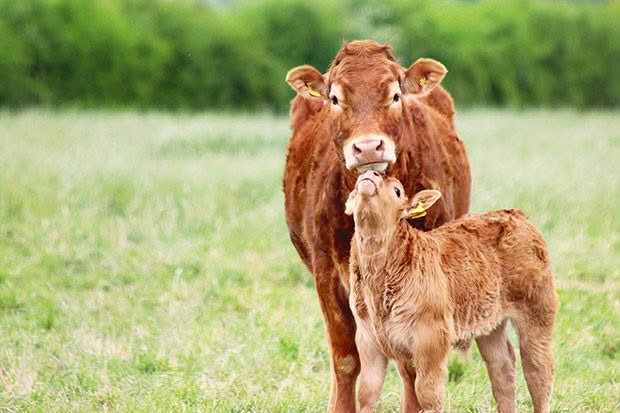10 farming tips for late autumn: Set up grazing, sell ewes that won’t earn their keep

Prepare the paddock and animals for wetter, coolor weather.
Words: Nadene Hall
PASTURE
• Any weedy summer grasses – paspalum, summer grass, goose grass (also known as crowfoot) – will have died off by now. If they have started to dominate your pasture, you’ll be left with bare soil over winter. If this is the case, consider sowing new pasture in spring. Perennial ryegrass cultivars may not be the best option for a block, especially if your area suffers from low rainfall over summer, or you have livestock that don’t require rich feed (eg, horses, goats, sheep).
• If you want to sow new pasture, get a soil test done. Apply fertiliser and lime this month, before it gets too wet, or you may have to wait until spring. Talk to a local contractor about their requirements (eg, spraying out current pasture) and book them as early as possible.
• Clumps of cocksfoot and Yorkshire fog won’t be grazed, unless you force mature stock to eat them by break feeding pasture. Another option is to mow grass clumps. The cut leaves are more palatable to stock, and mowing it low will knockback or kill off these types of pasture.
• Set up your grazing so you avoid the wettest areas of your block. Pugging, where livestock churn up the top layer of topsoil and turn it into mud, does terrible damage to pasture and soil. It destroys soil structure, making it difficult for pasture to re-grow.
LIVESTOCK
• It’s important to sell any sheep that won’t earn their keep in spring, especially if feed is short and/or your block is overstocked. This includes:
— ewes that did not produce a lamb at birth (known as a dry/dry);
— ewes that produced a lamb but did not rear it (known as a wet/dry);
— ewes with hoof problems, especially persistent footrot;
— ewes with missing teeth or teeth not meeting the gum properly;
— ewes that have any teat or udder problems, or any that had mastitis;
— ewes over six years of age, unless they are genetically special;
— ewes that have been continually daggy during the season when their mates have remained clean;
— extras, eg store lambs, wethers, if you can’t provide good feed.
• If any young sheep or cattle start to scour, don’t drench before doing a Faecal Egg Count (FEC) as it may not be worms. It’s important to use the correct product to prevent drench resistance. Mature sheep should not need drenching.
• Facial eczema is a constant risk for a large part of NZ, and you may need to continue preventative treatment this month.
• Lice can be a hazard for young stock, and a severe attack can kill calves in poor condition. Check the shoulders and around the tail; you may also get bitten which can confirm a diagnosis. Get vet advice about the best treatment, to prevent resistance.
• If you send any stock to the works, ask your vet to organise liver sample tests to check for minerals and trace elements. Supplement your remaining stock based on the results.
• If you are buying hay, check for mould, musty smell or weeds, and avoid heavy bales or those at the bottom of a stack. Don’t be afraid to ask a seller to open a couple of random bales so you can check them. A good bale should: look slightly green, have a high leaf content, have no sign of thistle, dock, barley grass or other weeds, fall apart rather than stick together, smell sweet
Dry, low-nutrient hay will still smell sweet – don’t use the smell and exterior look as a complete assessment of hay quality.
Love this story? Subscribe now!
 This article first appeared in NZ Lifestyle Block Magazine.
This article first appeared in NZ Lifestyle Block Magazine.
